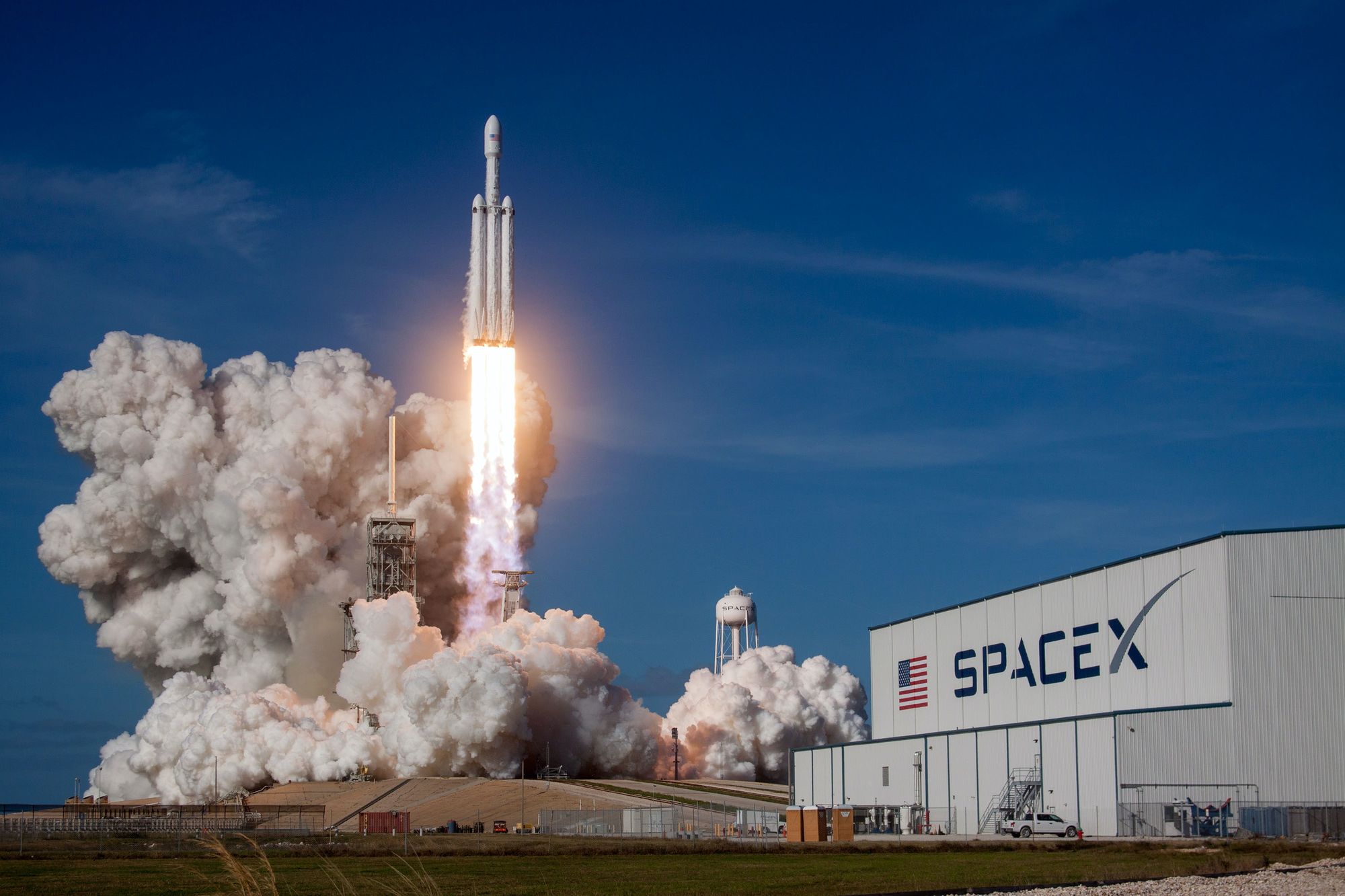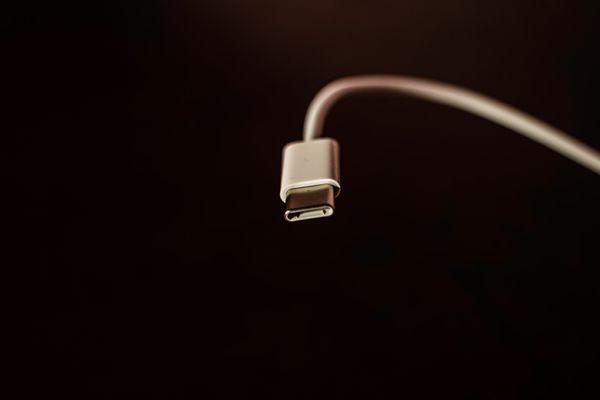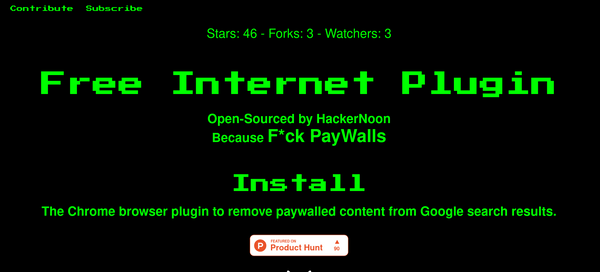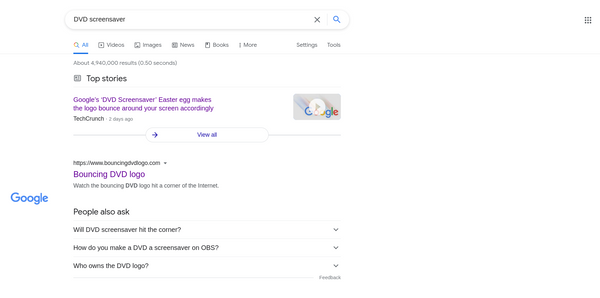I wasn't sure why we needed Starlink when I first heard of it, an internet connection that would take the planet by storm. Elon Musk appears to be attempting to build an infrastructure at the physical layer in order to overthrow Google to Apple's so-called os/app layer ecosystem and become the lord of data. That may be valid, but the truth remains that Starlink would seriously disrupt the internet because it is quicker and more available.
SpaceX intends to launch about 42,000 Starlink satellites into orbit in order to carry internet access to not only any corner of the globe, but also airplanes, RVs, and other distant areas. Just the 27th batch of satellites was successfully launched by Starlink. The Falcon 9 rocket was used to launch these satellites into low earth orbit (LEO).
The corporation uses Falcon 9 rockets to launch 60 satellites at a time and now has over 1442 operational satellites in orbit. Last Sunday, May 10, the most recent batch of 60 satellites was launched, marking the tenth liftoff of the Falcon 9 rocket.
It was the year's eleventh Starlink mission.
SpaceX has come a long way. The corporation has been recruiting beta testers and has now earned deposits from 500,000 individuals in the United States, the United Kingdom, and Canada. If the number of satellites grows, the network's reach expands to include more countries, including some of the world's most remote locations.
In December, the Federal Communications Commission awarded SpaceX $900 million for Starlink expansion. The internet corporation is currently seeking a $20.4 billion loan from the FCC's rural digital opportunity fund in order to expand.
During a broadcast of SpaceX's latest launch of Starlink satellites, Siva Bharadwaj, a SpaceX space operations engineer, said, "With every launch, we get closer to linking more people around the globe."
Fast Internet in Rural Areas with Starlink
Last October, SpaceX agreed to launch the beta edition of Starlink's services.
It has seen over 10,000 beta testers since then. A $200 satellite receiver the size of a wide pizza box is all that's needed. Since no traditional ground infrastructure is required, Starlink Beta testers are mostly from rural and underdeveloped parts of Canada and the United States.
Let's speak about Rendel, the Starlink tester, to set it in perspective. In Michigan's Upper Peninsula, Rendel maintains and operates a 160-acre farm. From the beginning of time, he has been a survivor of bad internet access. He currently has over 100 MB of download speed and up to 25 MB of upload speed after spending $500 on facilities, which includes a flat dish and antenna, and $99 per month on operation.
Rendel claims that his old internet service provider didn't even come near. Rendel said that after being able to hold zoom meetings and watch movies, "This is going to be a game-changer. It restores my sense of belonging to humanity."
Also in rural parts of Canada, beta-testers are registering speeds of 200Mbps and 150Mbps. Users will be able to get up to 300Mbps by the end of the year, according to Elon Musk. In the coming years, Starlink intends to deliver 10Gbps to its customers.
Lowest Latency is Provided by Starlink
High-speed broadband with the lowest latency is the most important improvement that Starlink is introducing to the planet. When this service is made available to the entire world, it will undoubtedly destabilize the traditional internet and propel it in a new direction.
Starlink satellites fly at a height of 500 kilometers in the sky (GPS orbits at 20,000km). Five laser beams are mounted on these spacecraft. The lasers, like optical fibers, can send out signals to interact and exchange data. Since light travels quicker in vacuums, Starlink would be able to provide internet access with a delay of less than 20 milliseconds. This would be a significant improvement over conventional submarine cables, which have a refractive index of around 1.5.
The Hibernia transatlantic direct cable between New York and London currently has a latency of 60 milliseconds. Because of its lower latency, Starlink is perfect for online gaming, video conferencing, and time-sensitive financial transactions.
Starlink has a potential latency of 5 milliseconds.
Kate Rice, a senior engineer at SpaceX, just had a few words to say. "Data speed, latency, and uptime will all increase significantly as we launch more satellites, add more ground stations, and improve our networking software," she said during a live stream of one of the missions.
Starlink: Risks and Evaluations
The latest 500,000 registrations, according to the firm, are easily manageable, and the $99 deposits are refundable if the service does not operate. The corporation acknowledges that the number is manageable, but that resolving network congestion will be a challenge after millions of customers are served.
Although it seems that all is going well for Starlink, many market experts have differing views on the company's prospects. According to Jim Patterson, "Starlink, like every other network, would get rave reviews when it is underutilized.
However, as the company grows, it will face the same congestion problems as its competitors."
According to John Byrne, a telecom analyst at global data, the new service "has a lot of potential." "Early Starlink adopters will always assume that something from Elon Musk is cool. However, it's difficult to see the satellite trajectory keeping up with cellular advancements."
While these reservations are understandable, given Elon Musk's previous performance, he is committed to taking Starlink to its intended destination.
I assume Starlink has a good chance of accomplishing what it sets out to do.








